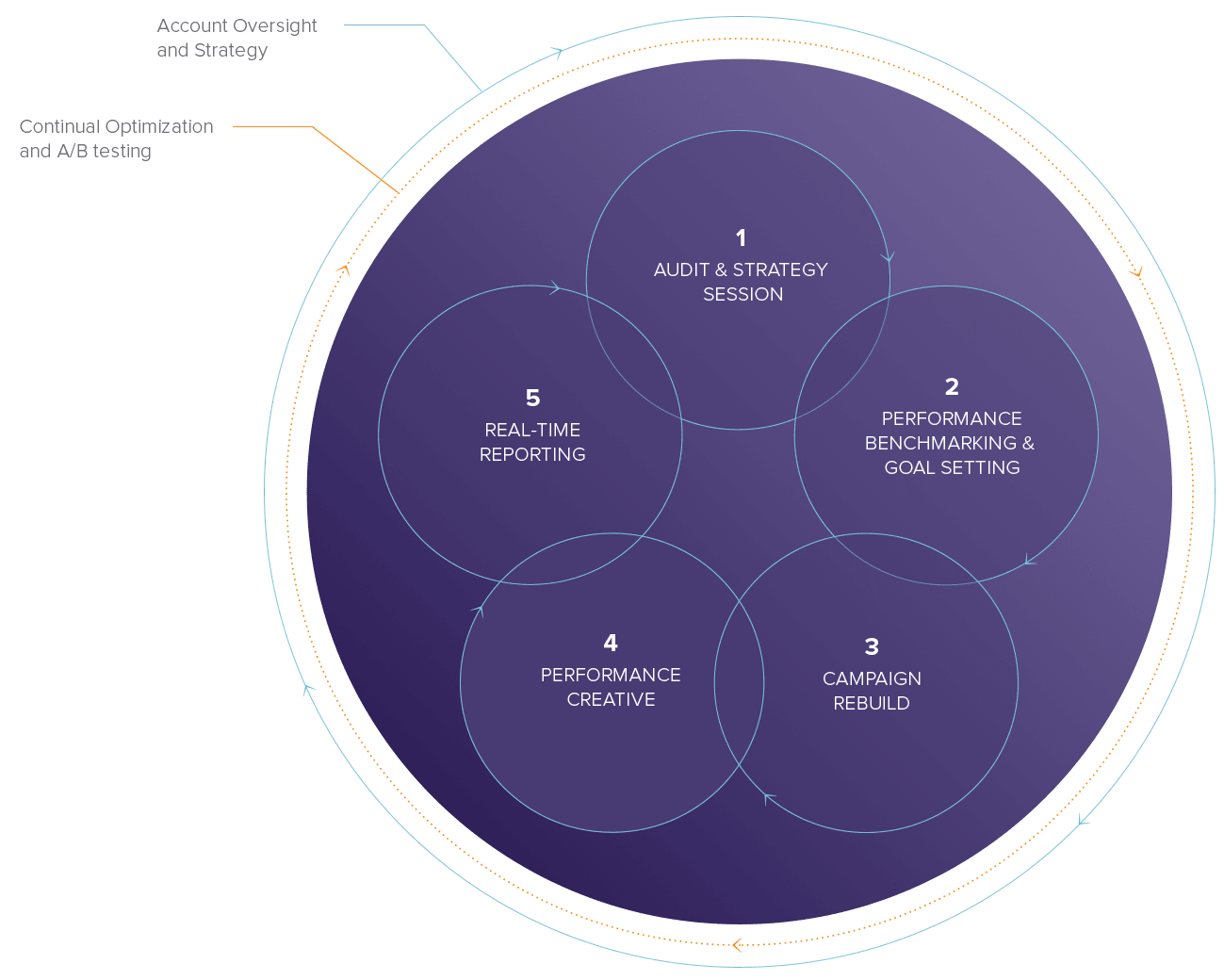Powerful Google Ads Analysis with ChatGPT o3 Deep Research [Includes our Full Script + Prompt]

OpenAI launched the o3 model a few weeks ago, to broadly positive reception. This is one of the smartest and most useful models we’ve ever used, and combined with the Deep Research capability offers really impressive capabilities for SEM/SEO analysis.
Unlike older versions of ChatGPT, o3 is a relatively agentic model, able to search the web and use other tools to create comprehensive responses for users. This makes it effective for practical tasks including market research, data analysis, and so on.
There are countless potential use cases for o3 Deep Research in SEM, and o3 is not alone in the landscape as Google Gemini 2.5 Pro with Deep Research is basically a comparable model. That said, for this post we’re covering one highly successful use case we’ve developed, and we’re sharing the Google Ads script and ChatGPT prompt that enables it. This is the o3 Deep Research Google Ads audit.
Step 1: Run the Script
OpenMoves is releasing this script publicly, you can grab the script from this Google Doc. You’re free to use the script for your own accounts but we ask you not to resell or commercially package it. The script’s functionality is straightforward: it simply dumps Google Ads data into a Google Sheet, including comprehensive data on account performance, campaigns, keywords, placements, and more. Of course you could download the data manually as well, but the script makes it easy. The only edit needed is to insert a Google Sheets URL in the placeholder.
Step 2: Prompt ChatGPT o3 + Deep Research
Here’s our prompt that we’ve found to be successful. Customize it as needed, just make sure your prompt corresponds to the input data you provide to ChatGPT:
<prompt>
You are a Google Ads optimization specialist and data analyst. This task is to analyze a complex report with Google Ads data and produce analysis and suggestions based on the data in this Google Sheet.
You must read ALL the data in this report even though it is long. DO NOT SKIP OR SAMPLE. The report is attached.
You must ONLY use the REAL data in this sheet and not assume or invent any data.
You must produce analysis which covers each area of the data presented.
The client for this analysis is: [YOUR WEBSITE]. Visit this website and crawl the main content pages so you understand the business. Use this understanding to aid in your analysis of the data.
1) ACCOUNT MONTHLY PERFORMANCE: This sheet tells you the overall performance of the Google Ads account over the last 13 full months. Draw conclusions and analysis. Inform the user of key trends.
2) NETWORK MONTHLY PERFORMANCE: This sheet tells you the performance of the account by network segmented by month. Network in this case means where the ads ran on the Google network for example Google Search, Google Display, and so forth. Draw conclusions: which networks performed best? During what time periods? What were the network performance trends? What should the user do to optimize performance based on network?
3) CAMPAIGN MONTHLY PERFORMANCE: This sheet tells you the performance of each campaign in the account segmented by month. Analyze and draw conclusions. What campaigns performed the best? What campaigns are wasting money? Which campaigns have opportunity to scale? What are the time-based trends of campaign performance? What should the user do based on this data to optimize campaign performance?
4) ADGROUP MONTHLY PERFORMANCE: This sheet tells you the performance of each campaign in the account segmented by month. Analyze and draw conclusions. What AdGroups performed the best? What campaigns are wasting money? Which campaigns have opportunity to scale? What are the time-based trends of campaign performance? What should the user do based on this data to optimize AdGroup performance? REMEMBER that AdGroups are child items of campaigns. AdGroup analysis should reference the performance of their parent campaigns.
5) AD PERFORMANCE: This sheet shows performance for each ad in the account. It includes the headlines and descriptions used for each ad. Analyze and draw conclusions. Which ads performed the best? Based on this, what lines of copy, messages, value propositions, and calls to action are most effective? Propose new copy to the client based on historically winning copy. Remember that copy is associated with campaigns and adgroups, so factor that into your analysis.
6) KEYWORD MONTHLY PERFORMANCE: This sheet tells you the performance of each campaign in the account segmented by month. Analyze and draw conclusions. What Keywords performed the best? What Keywords are wasting money? Which Keywords have opportunity to scale? What are the time-based trends of campaign performance?
7) SEARCH QUERY PERFORMANCE: This sheet shows the top 1,000 search queries. DO NOT BE LAZY. Review all 1,000 rows of data and make suggestions for negative keywords based on search terms which are irrelevant or poor performers. Make suggestions for expansion based on the best performing search queries. MAKE AN ESTIMATE: What percent of search queries are on target compared to wasteful?
8) DISPLAY PLACEMENT PERFORMANCE: This sheet shows the top 1,000 Display Placements. DO NOT BE LAZY. Review all 1,000 rows of data and make suggestions for negative placements based on the placement name – use your judgement on the names of the placements if they represent real high quality placements or spam, junk, low quality placements. MAKE AN ESTIMATE: What percent of placements are on target compared to wasteful?
9) CONCLUSIONS: Once you have done the above analysis on all the available data in the sheets, now cross-reference your findings to produce fresh insights that combine the available data and analysis. Tell the user: How well optimized is this Google Ads account? Make a plan for the user to improve the Google Ads account. BE CREATIVE in producing new analysis based on the data you have and the conclusions you’ve found.
TAKE AS MUCH TIME AS YOU NEED TO COMPLETE THIS ANALYSIS WITHOUT ERRORS AND WITHOUT HALLUCINATIONS. REMEMBER THIS REPORT WILL BE DELIVERED TO A SKEPTICAL CLIENT WHO WILL DOUBLE CHECK YOUR FINDINGS. USE ALL THE DATA AVAILABLE TO MAKE THE ANALYSIS BOTH COMPREHENSIVE AND FREE FROM ERROR.
</prompt>
Step 3: Wait for the Output – It’s Usually Really Good!
This combination of script, data, and prompt has produced some of the best real Google Ads analysis we’ve seen from LLMs to date. (And we’ve tested pretty much everything!) o3 will consume even the large data files uploaded, will analyze real data not imagined data, and will return actually applicable analysis, not general purpose Google Ads talking points.
Give it a try and let us know how well it works for you. If you’re interested in having the OM team run this process on your behalf, contact our team today for a free AI SEM audit.
Examples: Insightful Findings from o3
The below are just a few examples of ChatGPT output that were actual insightful and correct findings from the raw data provided by the input script. These are simply for illustrative purposes showing o3 crunching significant data inputs and outputting real correct analysis.
o3 Actually Reads and Analyzes 1,000 Display Placements
o3 Correctly Identifies a Failed Creative Theme
o3 Shows Innate Knowledge of Google Ads Best Practices and Applies them Correctly
















